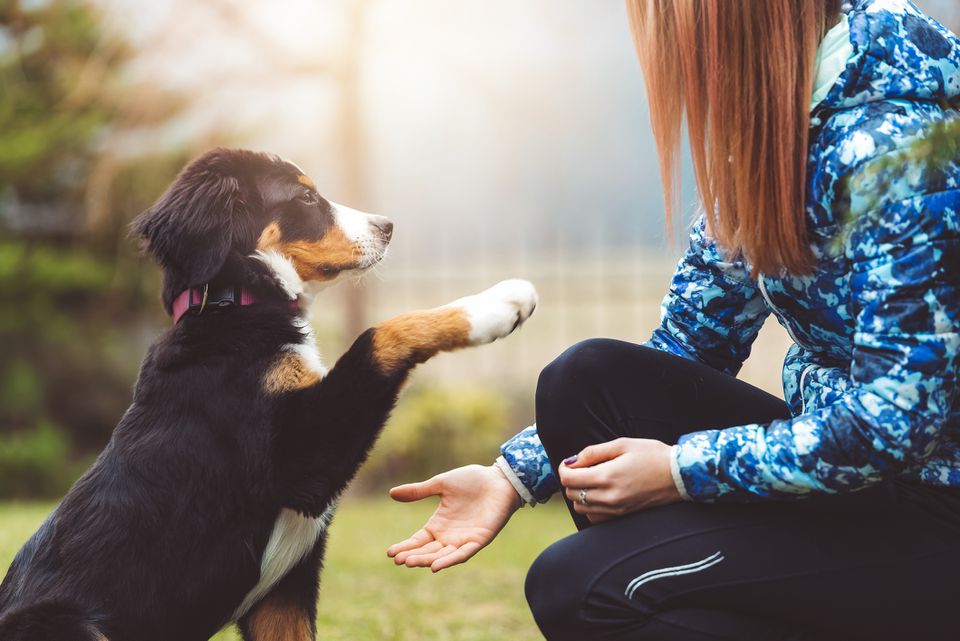Running with your dog is a great way to bond, while ensuring you and your dog are both getting the exercise and attention you need! Before embarking on your running adventures, however, be sure to follow standard safety precautions to get the most out of your time.

Running with your Dog
Train to walk well before training to run: When exercising with your dog, obedience is key. The best way to ensure a successful running experience with your dog is to train him or her early on, so that running will be a breeze. Begin with basic obedience: running will not be successful if your dog can’t listen to simple commands. Once you’ve mastered basic obedience, move forward to walking. Strict walking training is beneficial in that it prepares your dog for the intensified act of running.
Build up your dog’s endurance: Begin with intermittent running/walking before going on long runs with your dog. Just like humans, dogs need to build up their endurance before tackling loftier goals.
Warm up and cool down: As part of training your dog well for runs, integrating a warm-up and cool-down before and after each workout helps build endurance and provides benefits for you and your dog. Warm-ups prepare the muscles, joints, and lungs for a more intense workout, while cool-downs help stretch, calm, and restore.
Run either in the morning or late day: Never run in the heat of the day! This is unhealthy for your dog, and can be dangerous. Check the temperature of the pavement before taking your dog out for a walk or run– if you are unable to keep your hand on the pavement for more than 10 seconds, it’s too hot for your dog to walk on. Running either in the morning or in the late afternoon/evening is generally the best way to go, as the heat will be less intense.
Mind their paws: Dogs’ paws are generally quite tough, but are still much more tender than most people think. One of the most important reasons for running either early or late in the day is to protect your dog’s paws from getting burnt by the hot pavement. When going on trail runs especially, make sure to watch out for your dog’s paws and don’t take them on a trail that has particularly harsh terrain. Be mindful of where your dog steps, and be sure to check paws post-workout for anything poky or prickly that could’ve gotten embedded.
Check with your vet: Whenever you have doubts, ask your veterinarian. He or she will be able to provide you with personalized answers to your fitness-related questions.

Why shouldn’t I run with my puppy?
While running with younger or middle-aged dogs is acceptable, running with a puppy is dangerous and unhealthy for the young pup. Many breeds are able to begin running (in very short distances) around the age of 6 months, though even this is considered on the younger end. Most vets recommend not beginning running training with your dog until he or she is at least 9 months of age. When puppies are still young, their bones are still growing, and joints and muscles aren’t fully developed enough to support extreme exercise.
With many larger breeds, 9 months is the absolute minimum at which run training can begin. When in doubt, the best thing to do is speak with your veterinarian, or wait a few more months until your dog is strong enough to accompany you on short runs.
The post Safety Tips for Running with your Dog appeared first on Lilly Brush.




